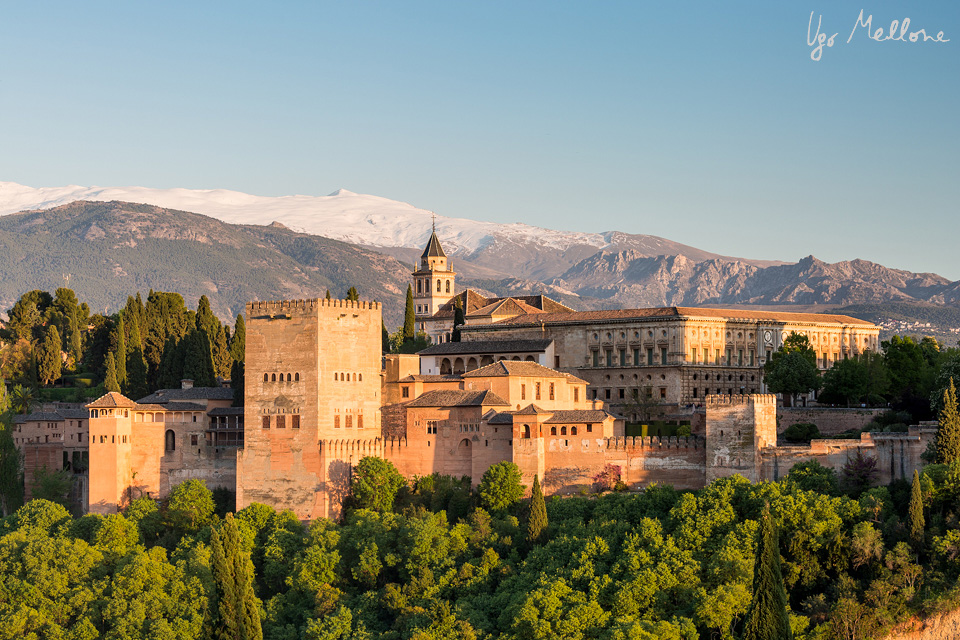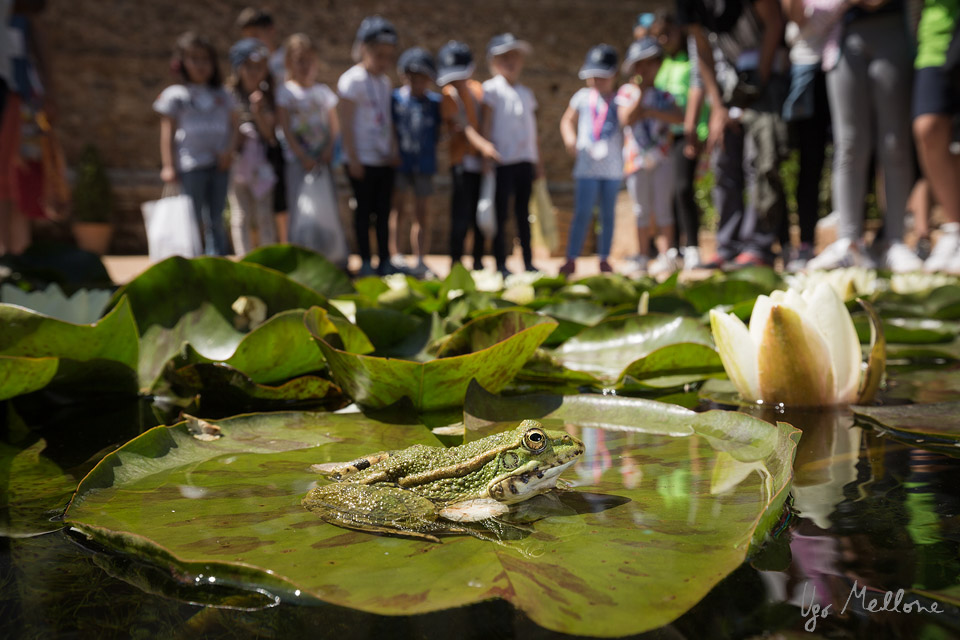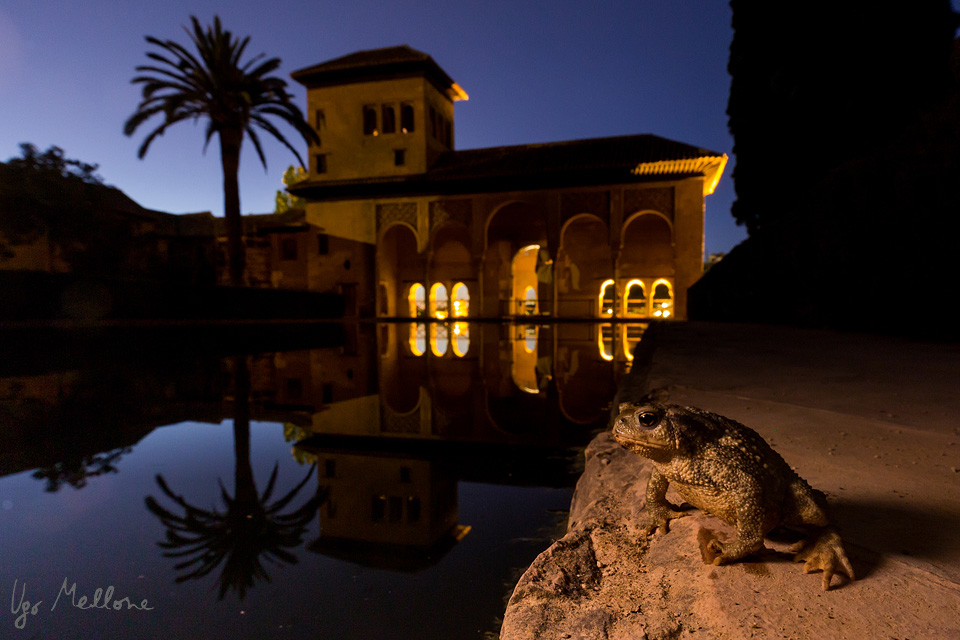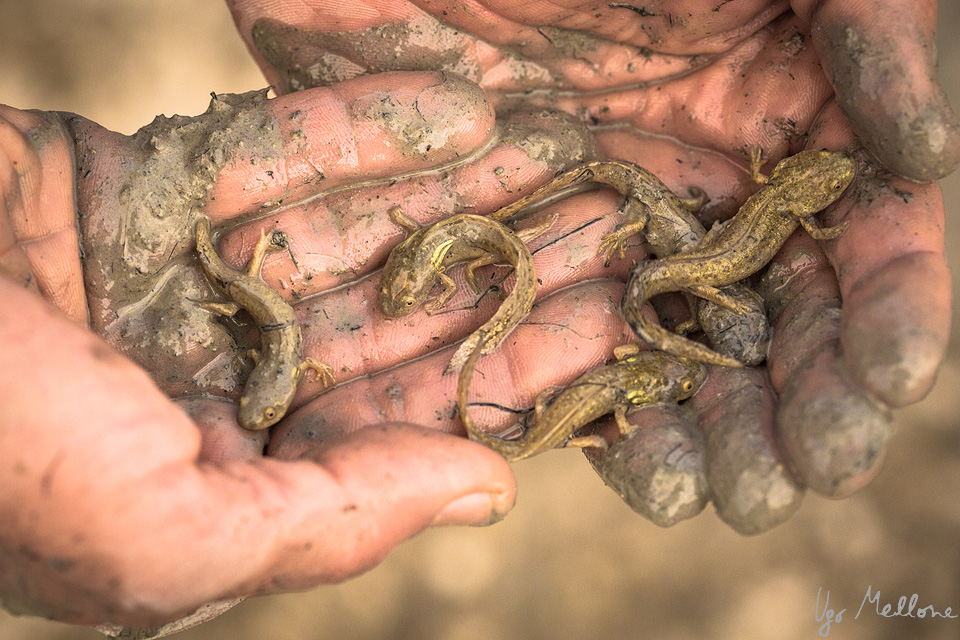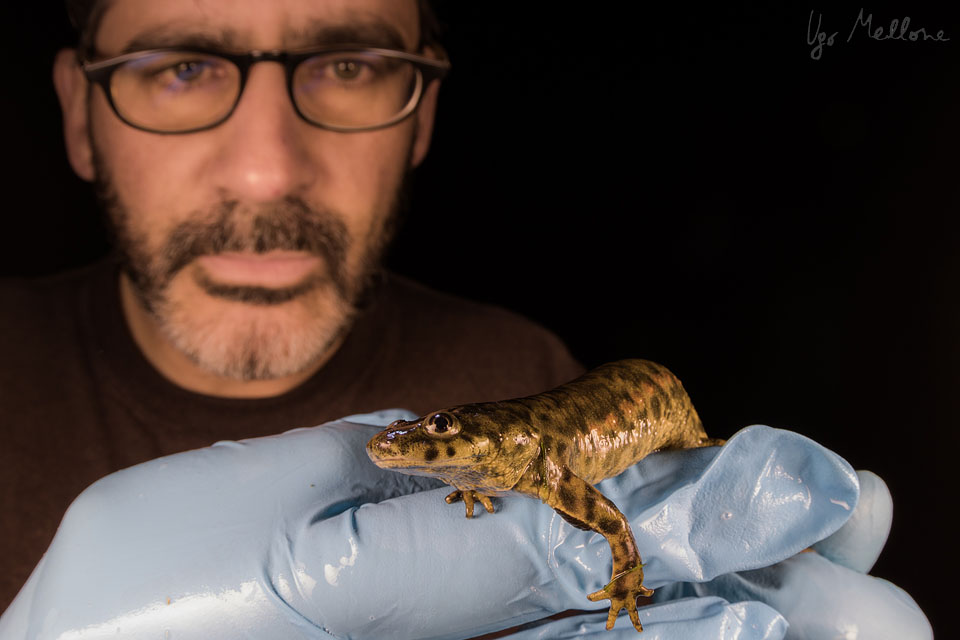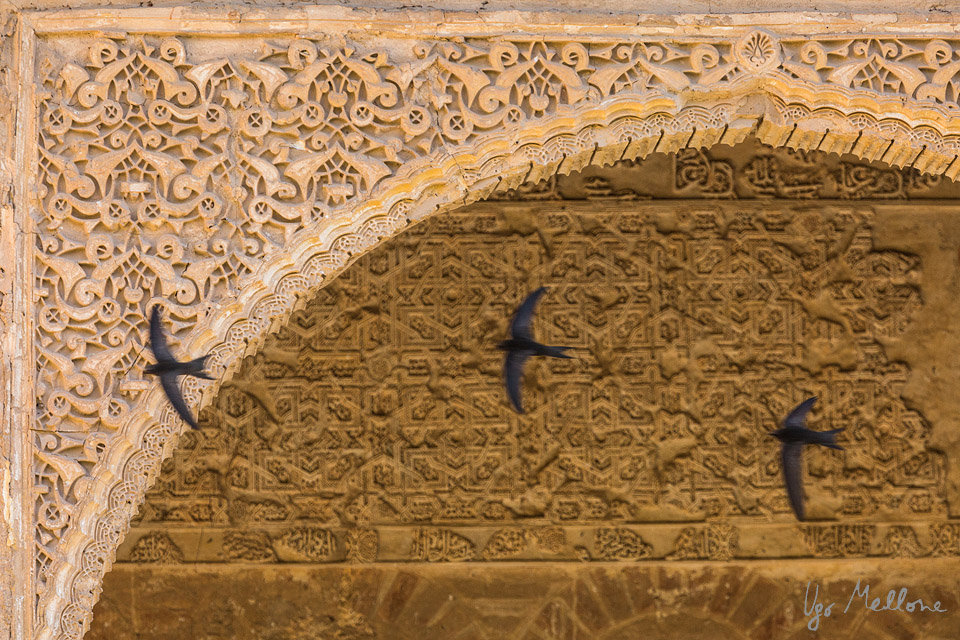Wild Alhambra
The Alhambra complex with Sierra Nevada on the background
Iberian green frog (Pelophylax perezi)
Common toad (Bufo bufo) and the Damas tower.
Rescuing Iberian ribbed newts (Pleurodeles waltl) from an almost dry pond.
Reintroduction of Iberian ribbed newts (Pleurodeles waltl) .
Iberian ribbed newt (Pleurodeles waltl) in aquatic phase.
Amphibians' monitoring.
The biologist Juan Ramon Fernandez Cardenet checking an Iberian ribbed newt (Pleurodeles waltl) reintroduced in the previous years.
Viperine snakes (Natrix maura) competing for a goldfish (Carassius auratus).
Common swifts (Apus apus) and Moorish decorations.
Besides being one of the most visited monumental ensembles of the world, the Alhambra (Granada, Andalusia) hosts also a great variety of wildlife. Water plays an important part in Moorish architecture, and the Alhambra is no exceptions. Pools, fountains and waterways have both a functional and an aesthetic role. The species that depend upon these habitat are the most remarkable ones, especially amphibians. During the last years monitoring and conservation activities have been promoted by the monument’s administration, including the reintroduction of the Iberian ribbed newt, using tadpoles recovered from drying natural ponds in the Granada district.
Oltre ad essere uno dei complessi monumentali piú visitati del mondo, l’Alhambra (Granada, Andalusia), ospita anche una ricca biodiversitá. L’acqua ha un ruolo molto importante nell’architettura islamica: vasche, fontane e canali hanno sempre avuto un’importanza sia funzionale che estetica. Le specie che dipendono da questi ambienti sono le piú emblematiche, soprattutto gli anfibi. Durante gli ultimi anni l’ente gestore ha promosso attivitá di monitoraggio e conservazione, tra cui la reintroduzione del pleurodele di Waltl, usando larve recuperate da pozze quasi secche in aree naturali della provincia di Granada.
Más allá de ser uno de los conjuntos monumentales más visitados del mundo, la Alhambra alberga también una gran variedad de especies de fauna y flora. El agua juega un papel muy importante en la arquitectura nazarí: albercas, acequias y fuentes tienen una importancia funcional así como estética. Las especies que dependen de estos medios son las más llamativas, especialmente los anfibios. Durante los últimos años el Servicio de Jardines, Bosques y Huertas del Patronato de la Alhambra ha promovido actividades de seguimiento y conservación, incluyendo la reintroducción del gallipato, usando larvas recuperadas en pozas a punto de desaparecer en las sierras granadinas.



